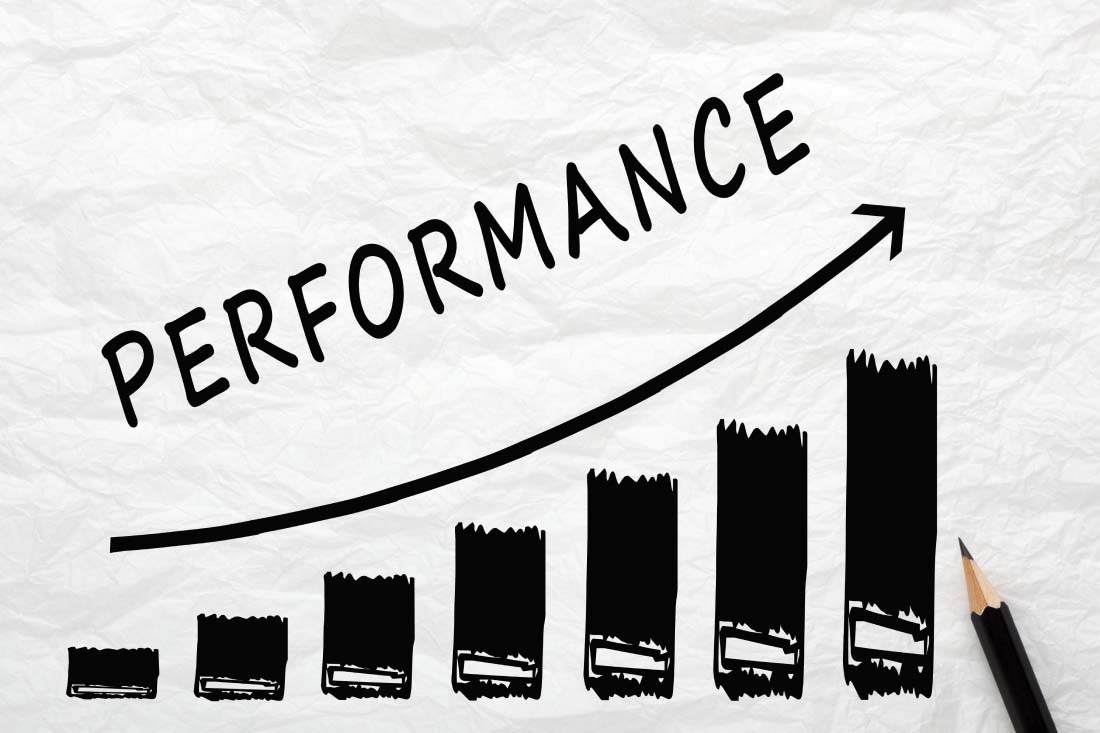Any organization will want to find ways to measure the work quality of their employees to set goals and benchmarks. But understanding how to accurately assess their quality of work can be a daunting task.
In this post, we’ll discuss the importance of quality measurement, how to establish your quality metrics, techniques for implementing measurement, interpreting your results and maintaining quality over time.
What is work quality?
Work quality is the standard of work delivered by individuals, teams, departments, or the organization as a whole. Quality of work refers to the expectations the business holds itself accountable to, both internally and externally for customers. To achieve a high quality of work, organizations may measure things like the number of product defects, ability to deliver on time, and customer satisfaction following communication or a sale.
5 Quality of work examples
Quality of work can take many forms depending on the role and responsibilities of your team. To give you a better understanding of the work quality metrics you can use, here are some key examples of them in action:
- Accuracy and Precision: Delivering error-free reports, data entries, or technical work that meets exact specifications.
- Timeliness: Completing projects or tasks within deadlines without compromising on quality.
- Consistency: Maintaining a high standard across repeated tasks or deliverables.
- Creativity and Innovation: Producing unique, effective solutions to problems or improvements to processes.
- Attention to Detail: Ensuring every aspect of the work is thorough and meets the required standards.
Why is quality of work important?
To stay competitive, organizations must go beyond task completion and prioritize high-quality outcomes. Here are five reasons why focusing on quality of work is important:
- Customer Satisfaction: Quality work enhances customer experiences.
- Employee Development: Performance measurement informs training needs.
- Goal Setting: Quality assessment guides organizational objectives.
- Continuous Improvement: Benchmarks drive better products and services.
- Morale Boost: Emphasizing quality of work uplifts employee pride.
Work quality is an important contributor to customer satisfaction. Measuring employee performance can also inform your organization’s training programs and employee development tools. Assessing quality levels is also important to help your company set goals across the organization. Establishing benchmarks for quality helps your company improve its products and services and can also help improve employee morale.
6 steps to measure quality of work for employees
The idea of quality can be difficult to nail down and measuring it depends on what work your company does. What you measure and how you decide to measure performance will depend on your company’s industry, customers and competitors. These six steps can help your organization measure the quality of work and set up processes to ensure it.
1. Define quality of work
The first step in measuring quality is to define what it means for your company. This definition will depend on how your organization is structured and what work your employees do.
For instance, you may need to measure how well sales team members respond to customer requests. Metrics to measure the quality of this work may include the number of calls completed or sales made, and customer satisfaction after a sale. Other factors such as repeat business and time spent on customer calls may also factor into how you measure quality. You’ll need to quantify these metrics and measure them against each other to get a full picture.
It’s also important to define quality across the organization. Your key performance indicators (KPIs) will be different for your sales, marketing, product, manufacturing and warehouse teams, for example. Each of these departments will need its own metrics and processes for quality assurance.
2. Determine a method to ensure quality
After you decide what you need to measure, you need to figure out how to measure it. Establishing key performance indicators (KPIs) is a crucial aspect of measuring quality. There are many methods to measure quality, some of which may be more suitable to specific situations than others. A few common ways to measure quality include:
Accuracy
Measuring accuracy can be relatively straightforward. You can simply count how many mistakes are made during production or a process and measure that against completed tasks or products. Accuracy may include:
- How a physical product compares to a prototype
- Whether a product functions as expected
- If a customer service representative solves a customer’s issue
- Issues in processes or production
Efficiency
How efficiently employees can complete work is another measure of quality. While employees who speed through work may look more productive, if they’re making too many errors and have to redo work, this can be a sign of poor quality. Some ways to measure efficiency include:
- How long it takes an employee to complete a task correctly
- How many resources it takes to create a product or complete a service
- Time spent redoing tasks or fixing errors
- Employee productivity metrics, such as productive time vs non-productive time
Functionality
At the end of the day, the product or service has to do what it’s intended to do. You can measure the functionality (or usability) of the product or service in several ways:
- Customer satisfaction
- Testing before release
- Comparison to competitors’ output
Adherence to policy and standards
Every organization should have standards and policies in place to ensure quality. Some products and services are highly regulated, and another measure of quality is how well the process or output follows rules or guidelines. These can include:
- Safety standards, including federal regulations
- Security issues, especially with software or technical products
- Material safety
- Infrastructure and process testing
3. Perform quality assurance for all forms of work
Once you’ve determined what to evaluate and how, you should create a process to perform quality assurance for all the work your employees do. It’s a good idea to have a specific individual or team assigned to perform quality assurance, and it’s important to make sure they have the right resources to do so.
While measuring the quality of products and services is a good start, it’s also important to evaluate employee performance through appropriate employee performance metrics. Your team can create a regular method of assessing employees through an annual performance review. Integrating quality of work assessment into regular processes throughout the year can help make audits and reviews easier over time.
4. Track quality of work over time
To maintain quality and improve, it’s important to have historical data on quality and use it to measure ongoing performance. Recurring quality issues can point to problems in processes or procedures and can help you fix problems by providing more resources, such as training or tools. Tracking work quality over time through employee performance appraisals can also help you better reward employees for good work and set goals for the future.
5. Reassess quality metrics regularly
Effective, efficient quality assessment can require some flexibility. Make sure that you build time into your processes to ensure your quality metrics still suit your team’s needs over time. Sometimes a team’s inability to hit KPIs or goals can point to a problem with the goals themselves, rather than how employees work. An organization’s goals can change over time and to measure quality, the metrics you measure will need to change, too.
6. Develop good communication around quality
For quality assessment and improvement to happen, your employees will need to be on the same page about what quality means to your organization and how you measure it. Establish a written policy that employees can refer to and ensure your team gets regular communications about quality. Quarterly or annual reports help employees understand the organization’s quality output and set goals for improvement or maintenance. Understanding how they’re being evaluated and giving them an opportunity to speak up about the metrics also encourages employees to participate in their performance evaluations and the company’s quality assurance program as a whole.
Get insights about work quality with ActivTrak
Start measuring work quality metrics with ActivTrak’s workforce analytics software. Get a better understanding of your employees’ work habits, what tools they use to accomplish their tasks and what may be blocking them from being productive or efficient. Track accuracy and efficiency in real-time and compare data over time to set goals and improve processes that affect the quality of work. Schedule a free demo of ActivTrak to find out how the platform can help your organization measure quality of work today.





